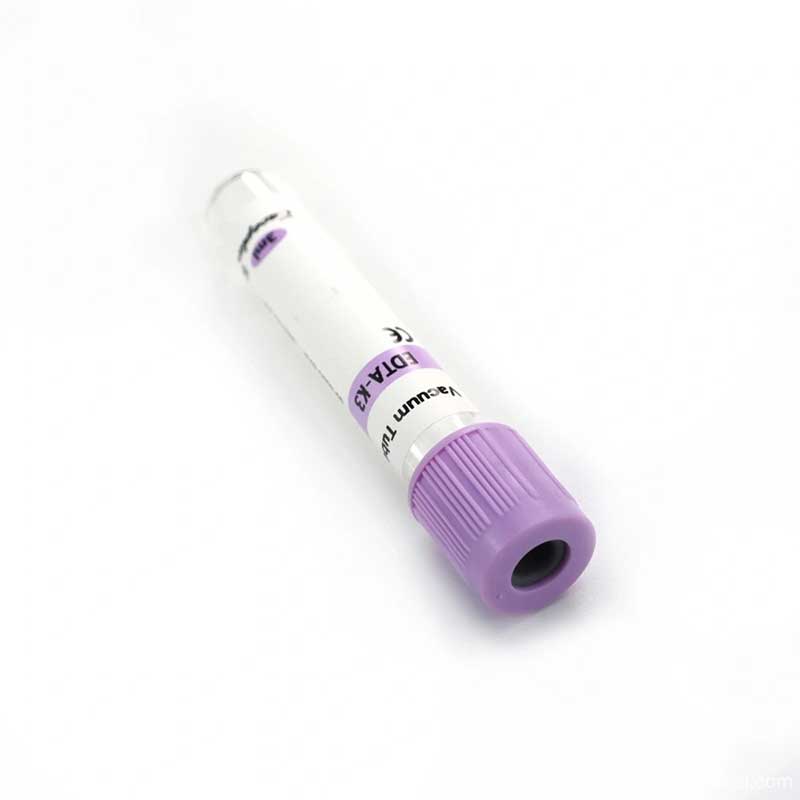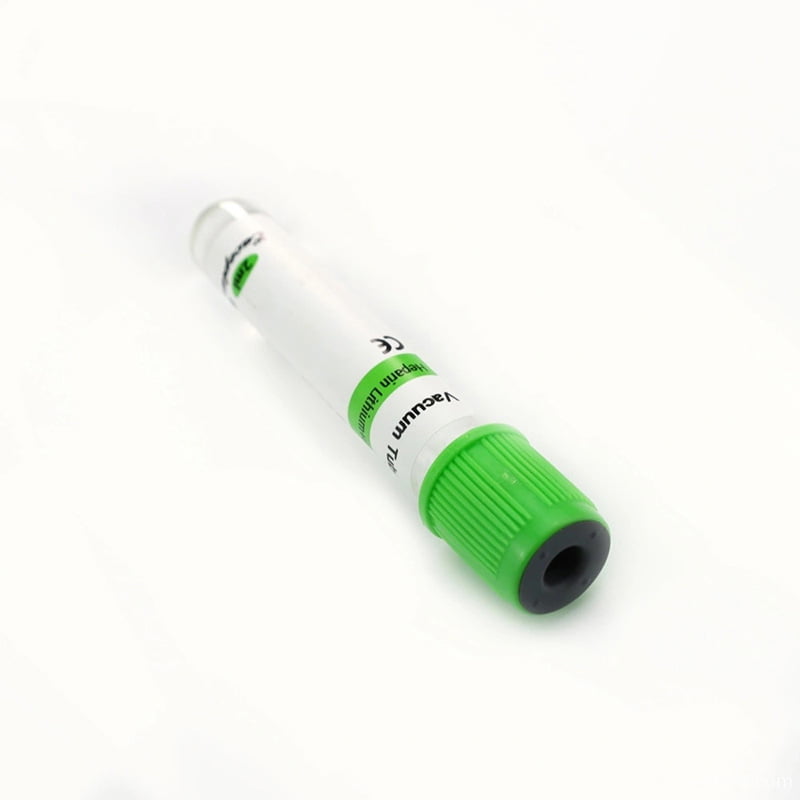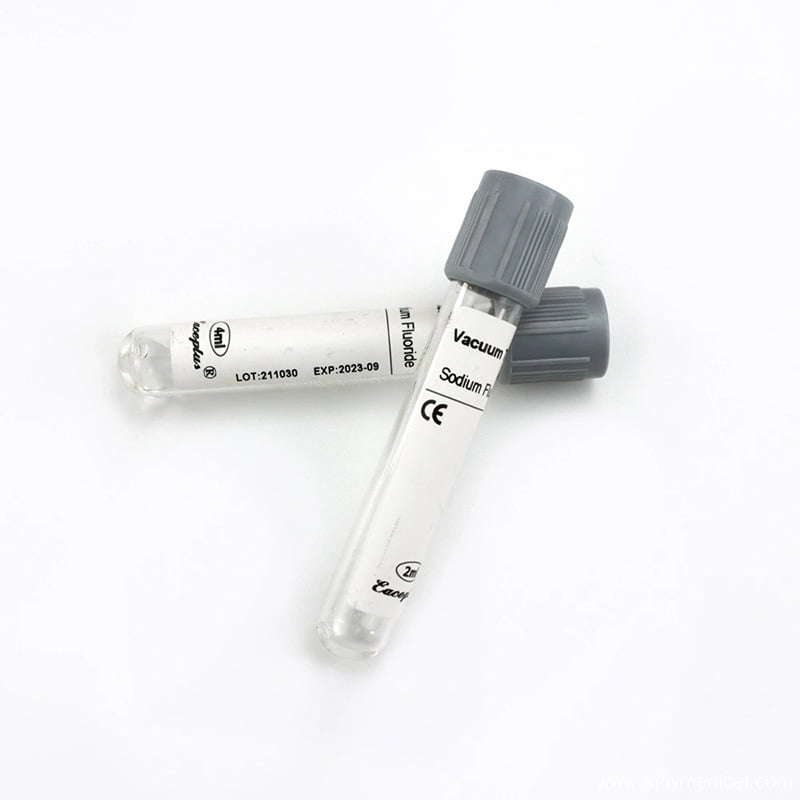Red-top blood collection tubes. The unsung heroes of the medical world. These little tubes may not look like much, but they are crucial in ensuring accurate test results and preventing contamination during blood collection.
Table of Contents
The Basics of Red Top Blood Collection Tubes
About the basics of red-top blood collection tubes, because we’re about to dive into the fascinating world of little boxes that collect blood! Who knew lines could be so exciting? Let’s start with the composition of these red-topped tubes.
They are typically made of glass or plastic, with a red plastic cap that gives them their name. Oh, so original! At least they’re easy to spot in a sea of other tubes, right?
You might be wondering why, on earth, they are called “red top” tubes. Well, my curious friend, it’s because of the red-colored cap on top! Shocking, I know. But don’t let the simplicity fool you; these tubes are an essential tool in the medical field.
Siny Medical Red Top No Additive Vacuum Tube is primarily used for collecting blood samples for various tests. Unlike other blood collection tube types, they do not contain additives or anticoagulants. This makes them perfect for tests that require serum, the liquid part of your blood, without any clotting factors.
But why is serum important? It contains all sorts of valuable information about your body, like electrolyte levels, hormone concentrations, and even markers for certain diseases. So, collecting and handling the blood properly is crucial to ensuring accurate test results.
Speaking of which, that brings us to the next section. But before we move on, take a moment to appreciate the beauty of those red top tubes. So simple, yet so powerful. Alright, let’s continue..
Importance of Proper Usage
Understanding the purpose of red top blood collection tubes is like understanding why cats always land on their feet. It’s a mystery. But fret not, dear reader! I’m here to shed some light on the importance of their proper usage.
First and foremost, preventing contamination during blood collection is crucial. We want unwanted guests to avoid crashing the party and messing up our precious samples. Red top tubes, with their wonderful coagulant properties, help clot the blood, trapping those pesky platelets and preventing the mixing of unwanted elements.
Ensuring accurate test results is another key reason why proper usage of red top tubes is essential. These The Hidden Benefits of Differently Colored Blood Collection Tubes contain no additives or anticoagulants, allowing the blood to maintain its natural composition. This means that the results will be as accurate as a sniper’s shot when you run your tests.
Imagine collecting the blood with an expired or damaged tube. It’s like trying to use a broken compass in a dense forest. You’ll get lost, and the poor patient will suffer the consequences.
And here’s a pro tip: make sure you mix the blood properly with the anticoagulant. Think of it as preparing a delicious cocktail. You want the ingredients to be distinct, leaving you with a tasteless and ineffective concoction. So give that tube a little shake and watch the magic happen.
I know this all sounds like pure science fiction, but trust me, it’s real. The proper use of red-top blood collection tubes is not only an art form but also a lifesaver. So, treat those tubes with care and precision next time you find yourself in the lab. Your patients will thank you, and these tubes will reward you with a secret handshake.
Step-by-step Guide on Using Red Top Tubes
So, you’ve found yourself in the exciting world of red-top what blood collection tubes. Don’t worry; I won’t bore you with technical details and complex medical jargon. Instead, let’s embark on a casual journey together, exploring the ins and outs of these crimson wonders. Strap in, my friend, because we’ll dive into the step-by-step guide on using red top tubes.
First things first, gather your necessary supplies. You’ll need the red top blood collection tubes, trusty gloves, and alcohol swabs.
Once you have your supplies, it’s time to prepare for the patient. No, we’re not talking about getting them a cup of tea and sharing some fun stories (although that would be nice). We’re talking about ensuring they’re comfortable and ready for blood collection. Please explain what you’ll be doing, and assure them everything will be fine.
Now comes the exciting part – choosing the right vein. Think of it as a game of “find the hidden treasure,” only the treasure is the elusive vein. You want to locate a vein that’s visible, accessible, and not playing hide-and-seek. If all else fails, ask the patient to perform a magic trick and make a vein pop out. Presto!
Once you’ve found the perfect vein, it’s time to insert the blood collections needle correctly. Remember, this is not a game of darts, so aim for precision. Hold the hand at the right angle and gently insert it into the vein, like a graceful ballerina on stage.
Now comes the crucial step of filling the tube properly. You want to avoid ending up with a half-empty box or a mess of spilled blood (although it might make for an interesting art project). Hold the tube at a slight angle, ensuring that the blood flows smoothly into the box.
And just like that, you’ve mastered using a red-top Medical Vacuum Blood Collection Needle With CE. Wasn’t that fun? Okay, maybe “fun” is a stretch, but at least you’ve gained some valuable knowledge.
Enough with the text, the word count is all good, and now it’s time to move on to the next thrilling topic. Are you ready? I hope you are, because we’re about to dive into the common mistakes to avoid.
Common Mistakes to Avoid
The infamous red-top blood collection tubes. They may seem harmless, but trust me; they have rules. Who wouldn’t love the thrill of chasing after accurate test results and preventing contamination during blood collection? Remember that there are some common mistakes you absolutely must avoid. Let’s dive right in!
First off, use expired or damaged tubes. Seriously, people, would you drink expired milk? No? Then why would you use expired lines? It’s like taking a dance partner with two left feet to a tango competition – a disaster waiting to happen! Check those expiration dates and avoid tubes that look like they’ve been through a warzone.
Next, we have the inadequate mixing of blood with anticoagulants.

You’re making your favorite cocktail, and instead of giving it a good shake, A subpar drink that only hits the spot. Well, the same goes for these tubes too. When you mix the blood with the anticoagulant properly, you can maintain the accuracy of the test results.
And lastly, we need to fix the problem of insufficient tube filling. It’s like grocery shopping and bringing home an empty bag – what’s the point, right? When you don’t fill the tube enough, you might not have enough blood to conduct all the necessary tests. And guess what? You’ll have to go back and poke your poor patient again. So, take some extra time, ensure you get enough blood, and avoid unnecessary pricks. Your patients will thank you for it.
Remember, avoiding these common mistakes is the key to mastering the art of using red-top blood collection tubes. So, let’s recap: no expired or damaged pipes; mix that blood and anticoagulant like a bartender on a Friday night, and make sure those tubes are filled to the brim. Now go forth, young phlebotomists, and conquer the world of Blood Collection Tube Holder is Changing Blood Tests Remember to have a little fun along the way, too.
Conclusion
A blood collection tube is a red-topped, sterile tube for diagnostic testing. Blood tubes with red tops do not contain additives or anticoagulants. The blood collection vacuum tubes are made from shatter-resistant plastic that is free of latex. Water-soluble silicone coating and gamma radiation sterilization on the interior. Silicone-coated tubes have an interior surface that is coated with a silicone material that is water-soluble. Tubes and stoppers are sterilised only on the inside, not on the outside or on the packaging.
FAQs
- Are red top tubes suitable for all types of blood tests?
Red top lines are ideal for tests requiring serum but not for tests requiring anticoagulated blood.
- Can hemolysis occur even with proper usage of red top tubes?
Hemolysis can occur if the venipuncture technique is not precise or fragile veins are used.
- Is it necessary to invert the tube after blood collection?
Yes, gentle inversion helps mix the blood with any remaining clots to ensure accurate results.
- Can red top tubes be used for cross-matching blood for transfusions?
Red top lines are unsuitable for cross-matching blood; specific blood bank tubes are used for this purpose.
- How can I ensure the safety of medical personnel during blood collection?
Adhering to safety protocols, such as wearing gloves and disposing of needles properly, is essential to prevent exposure to bloodborne pathogens.



























































